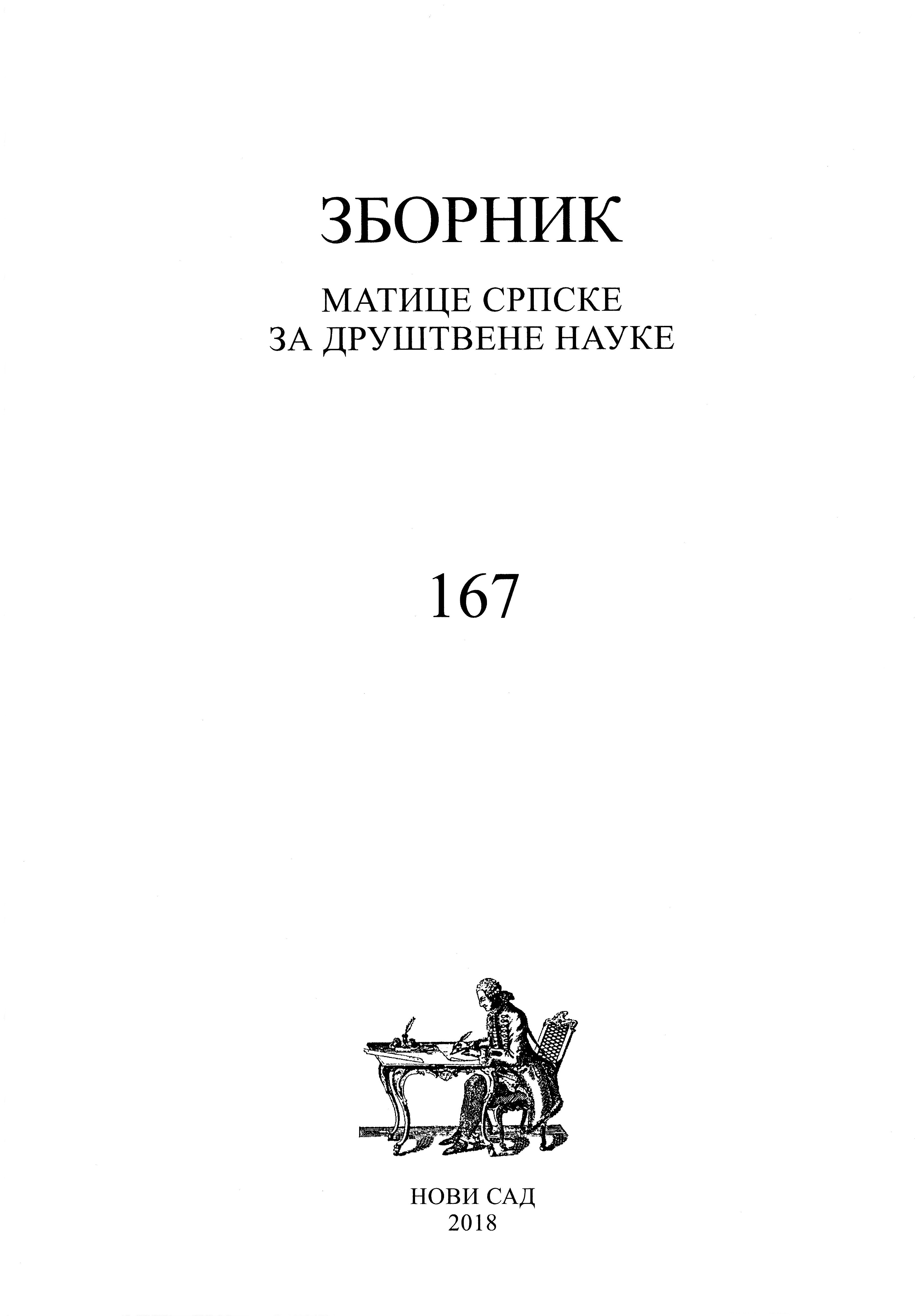Компаративна анализа фертилитета према старости и степену образовања у републици српској и Републици Србији
Comparative Analysis of Fertility by Age and Education in The Republic of Srpska and The Republic of Serbia
Author(s): Rada Mandić, Anđelija Ivkov-DžigurskiSubject(s): Social differentiation, Demography and human biology
Published by: Матица српска
Keywords: fertility; birth; age; Republic of Srpska; Serbia; education
Summary/Abstract: The family is an institution that is constantly changing in line with the modern system of society values. In the last two decades there has been a change in fertility, the size of the family and the form of marriage. Low reproductive norms are not only a reflection of socio-economic factors, but also norms of an induction character. In the Republic of Srpska and the Republic of Serbia there was a change in the pattern of birth; women decided to espouse later, which also delayed firstborn in the later reproductive age. Regarding birth analysis, we tried to investigate whether women of different ages and educational levels had an impact on fertility, and what similarities and differences had shaped the fertility of Serbian countries. It is considered that education affects the reproductive choice and creates a gap between the required and the actual size of the family. The basic hypothesis of work is based on the assumption that there is a strong correlation between female education, age and fertility. Descriptive statistical methods, T-test and Pirson correlation coefficient were used for data analysis. The obtained results indicate that there has been a change in reproductive behavior and that there is a strong connection in socio-demographic parameters of the fertility of the Republika of Srpska and the Republic of Serbia.
Journal: Зборник Матице српске за друштвене науке
- Issue Year: 2018
- Issue No: 167
- Page Range: 479-488
- Page Count: 10
- Language: Serbian

